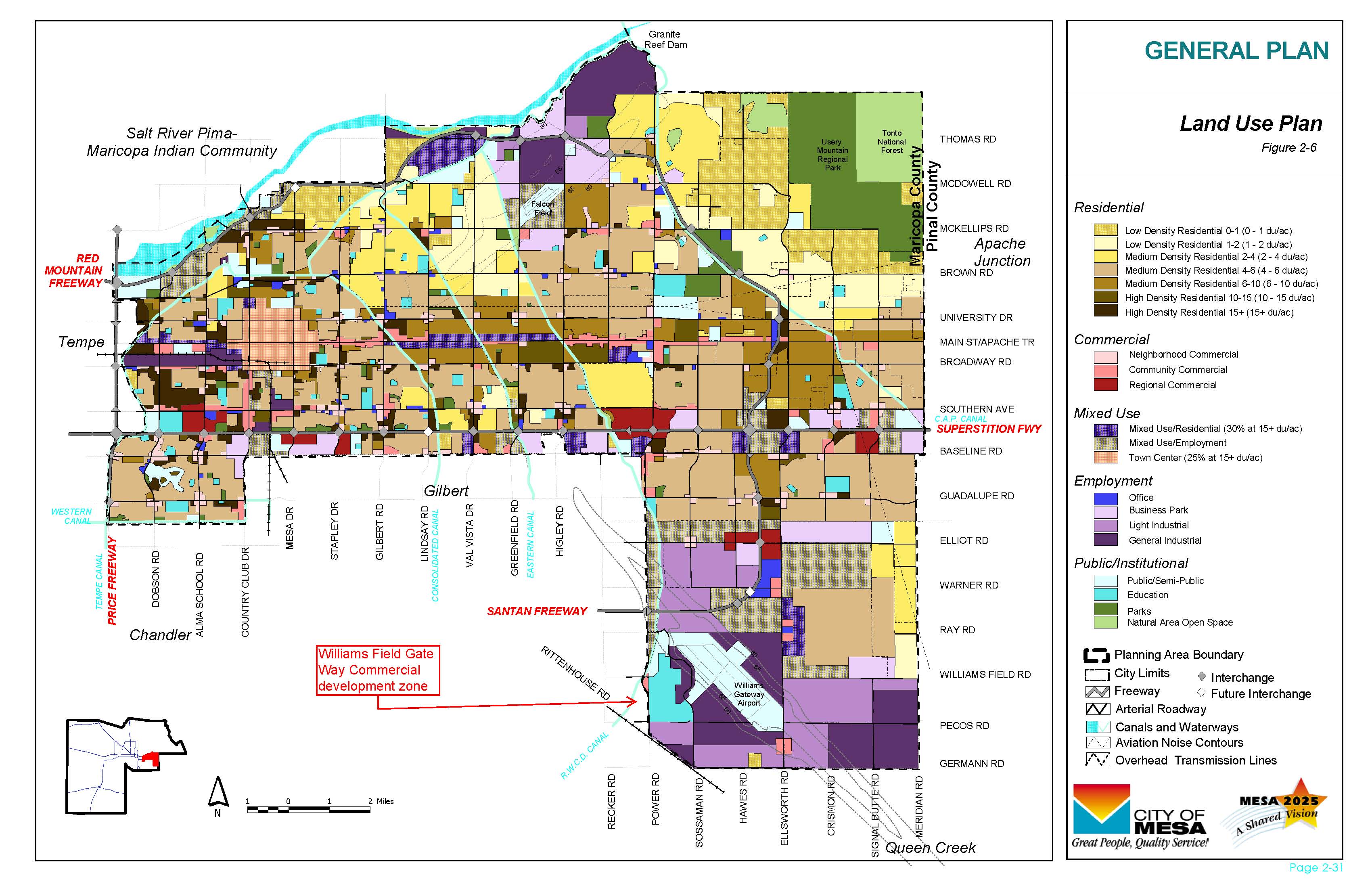After location, zoning is probably the most important characteristic of any type of real estate. It is the obvious starting point for evaluating a parcel’s potential for development because it spells out what you can do with the property. Zoning is a critical piece of the puzzle particularly if you want to be a land developer, an investor or work with a builder in some way. Save yourself much time, energy and frustration by checking out the zoning first, not last.
Local governments enact zoning ordinances and adopt the maps that show the physical boundaries of the zoning districts, and these are modified periodically. To determine the current zoning of a particular property, you would first look at the zoning map to see what district it falls in and then consult the current zoning ordinance. Both of these documents are available for review online or purchase at the municipal building. What will you find in the ordinance?

It tells you what land uses are permitted in each district or classification. These classifications generally include residential, mixed residential, mobile home, commercial, shopping center industrial, office, and conservation. The ordinance also lays out other standards and requirements, such as the minimum lot size, minimum lot width, dimension of setbacks, height restrictions and building coverage. It contains definitions that help you understand the terminology used throughout the ordinance. There are general provisions that apply to every zoning district, and these deal with issues like non-conforming properties and uses, accessory structures and uses, flag lots, fencing, signage and minimum lot frontage requirements.
Provisions for a specific zoning district can often include both “by right” and “conditional” uses. For example, single-family detached dwellings, agricultural uses and governmental recreation areas may be permitted in a district. A privately-owned riding academy, stable for horses, public or private day schools, 18 hole golf courses, places of worship and day care facilities are permitted in that district only when authorized by the municipal Zoning Hearing Board as a special exception. This latter group of uses is not permitted automatically, and to get a special exception, you would have to demonstrate that your use falls within those defined in the ordinance and also complies with any requirements, such as minimum site area, building and paving coverage, and buffering, specific to that conditional use.
Key Points About Zoning
It would be helpful to remember some key points about zoning. Land use and regulation laws vary from state to state. Terminology and nomenclature vary from municipality to municipality, even within the same county in the same state. For instance, the “R-2” zoning classification in one municipality may mean that single-family detached housing is permitted on a minimum lot area of 35,000 sq. ft., with a lot width of at least 125 feet, and front, side and rear setbacks (yards measured from the parcel boundaries to define the area where a structure can be built) of 60, 20 and 80 feet, respectively. Go to another municipality, and you could find that the R-2 District permits single-family detached housing on 43,560 sq. ft. lots 150 ft. wide with front, side and rear setbacks of 60, 25 and 80 feet. You should not assume that the same name used for a classification in different municipalities means the same thing and when marketing land to potential buyers, be sure to include information on the permitted use and requirements for minimum lot size and width. Describing the zoning of the property only as “R-5”, “MR-1” or “C-2” is meaningless.
Finally, some words of caution. Zoning and other types of ordinances are available online. Do not, I repeat, do not rely exclusively on online ordinance information. Go to the primary source (the municipality that enacted the ordinance) and check it out to be sure you have the most current and accurate information. Always page through the entire ordinance because municipalities often enact amendments that can be printed in the back of the original ordinance (without cross-referencing the original provisions that have been amended). If the provision is somewhere in the ordinance, it applied. Just because you didn’t see it doesn’t mean that it doesn’t apply.
PositionRealty.com
Office: 480-213-5251


